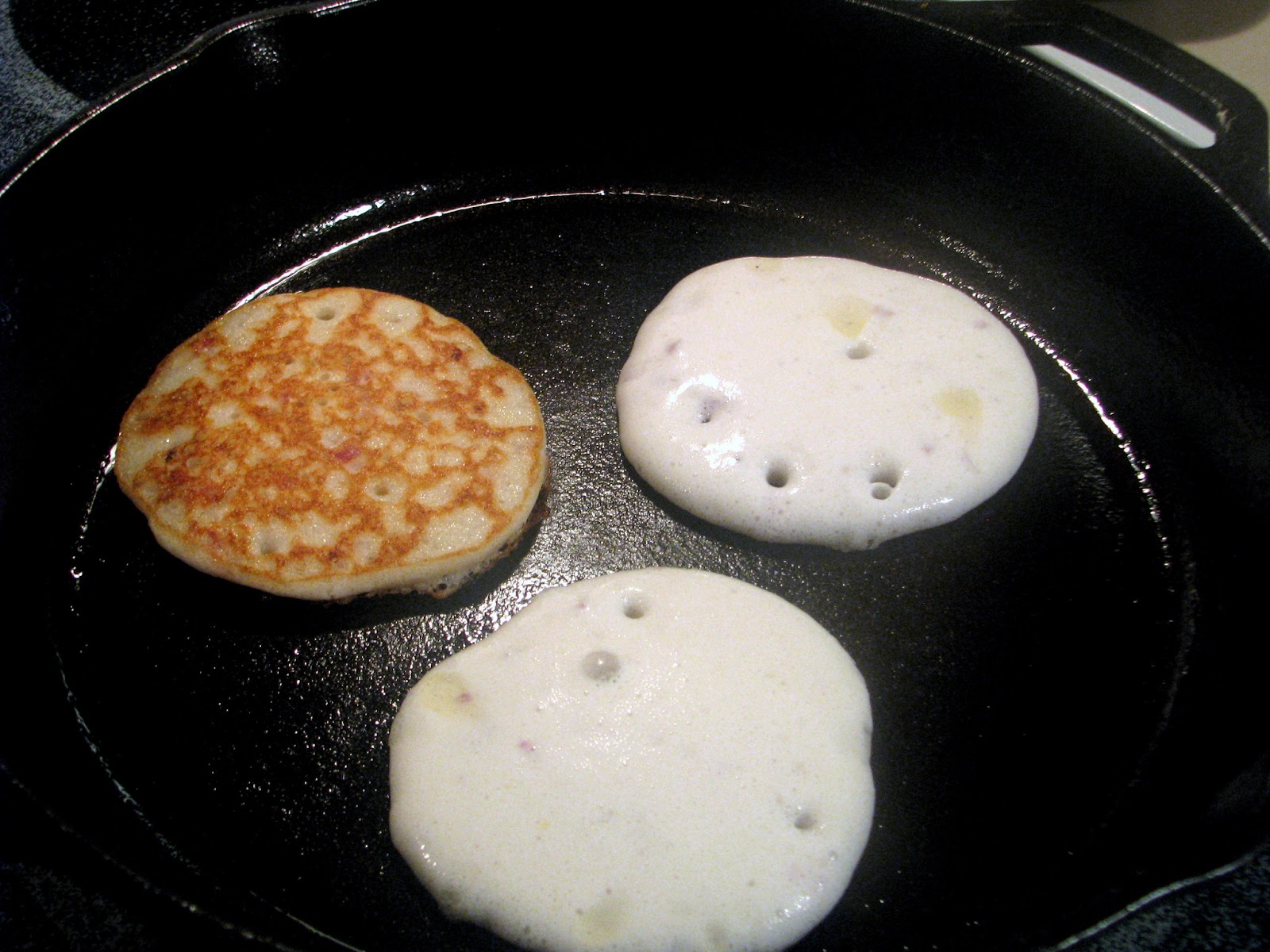Rasgulla
is a popular dessert from Eastern India. It sounds so simple to
prepare, yet it is a uniquely delicious sweet that lingers in your
palate and memory. The ever so famous Paneer is rolled into balls and
cooked in sugar syrup until the cheese balls are cooked and puffy with
syrup. Rasgulla is sparsely flavored with delicate rosewater and
sometimes, a pinch of saffron. But the most traditional version is
unflavored. As rasgulla gets adapted and improvized in India’s numerous
states, some of the other common flavorings are pistachios, cashews,
raisins, and cardamom.
Paneer
is Indian cottage-cheese that is prepared by separating curdled milk
fat and solids from the whey. In order to do so, the first step is to
curdle the milk. The second step is to strain the curdled milk to
collect the cheese. The whey has its own use in another Indian dessert
(coming up soon!).
I used cotton cheese-cloth to separate the cheese from the whey. Any thin cotton cloth (that’s washed, of course) can be used.
This is my mother-in-law’s recipe. She enthusiastically prepared this fabulous delicacy!

Ingredients (yields 9 small rasgullas)
- 2 cups whole milk (you need to use full-fat milk to make cheese)
- Juice of 1 lemon
- 1 cup sugar
- 2-3 cups water (3 cups if you like your syrup to be light and non-sticky)
- a pinch of saffron (dissolved in a teaspoon of warm milk to bring out its flavor better)
- ½ a teaspoon freshly ground cardamom
- 1-2 teaspoons rose water (instead of cardamom)
Preparation
- The
first stage is to prepare the soft Indian cottage-cheese, paneer. Bring
2 cups of whole milk to a boil (let the milk froth and rise) on
medium-high heat. When the milk boils and rises, reduce the heat to low
and quickly pour the lemon juice. Stir slowly on low heat until the milk
curdles and separates. Remove from heat and strain through a
cheese-cloth that is placed over a colander. Let the whey collect in a
bowl at the bottom.
- After
about 5-10 minutes of straining, gather the cheese in the cloth and tie
it into a tight knot so that the residual whey is wrung out. Either
hang the tied cloth above the colander or just place the tied cloth on
the colander for about 2 hours. This ensures that every drop of whey
gets strained.
- The
cheese/paneer is removed from the cloth and kneaded on a clean surface
to form a soft dough. Knead well until the fat from the cheese coats
your hand.
- Divide
the dough into equal parts to form smooth, round balls. Rasgullas are
usually fat and rotund (especially after they are cooked), but the ones
shown here are smaller.
- Onto
making the sugar syrup. Dissolve 1 cup of sugar in 2 (or 3) cups of
water. Heat the mixture on medium heat until the sugar is completely
dissolved and the mixture begins to bubble and boil.
- Now,
slowly add the cheese balls into the syrup. On medium heat, cook the
rasgullas in the syrup for about 25-30 minutes or till the balls puff
and cook and the sugar syrup is about to turn sticky (to test this, take
a drop of syrup on a plate, let it cool for a couple seconds, then rub
it between your fingers. If it’s tending to feel slightly sticky, the
syrup is ready). While the rasgullas are cooking, resist your temptation
to turn them around. The balls will turn and cook evenly in the
bubbling syrup.
- Remove from heat and garnish with ground cardamom and saffron. Alternatively, add just saffron and rosewater.

Let
the rasgullas cool to room temperature. This allows them to soak in the
syrup a little more. The syrup would also thicken as it cools.
Traditionally, the sugar syrup for rasgullas is light and not at all
sticky. But if you like a slightly thickened syrup, use 2 cups of
water in the syrup and cook for 30 minutes. Else, use 3 cups of water in
the syrup and cook for 35 minutes.
Rasgullas are best served chilled and with a dollop of vanilla ice cream.



















